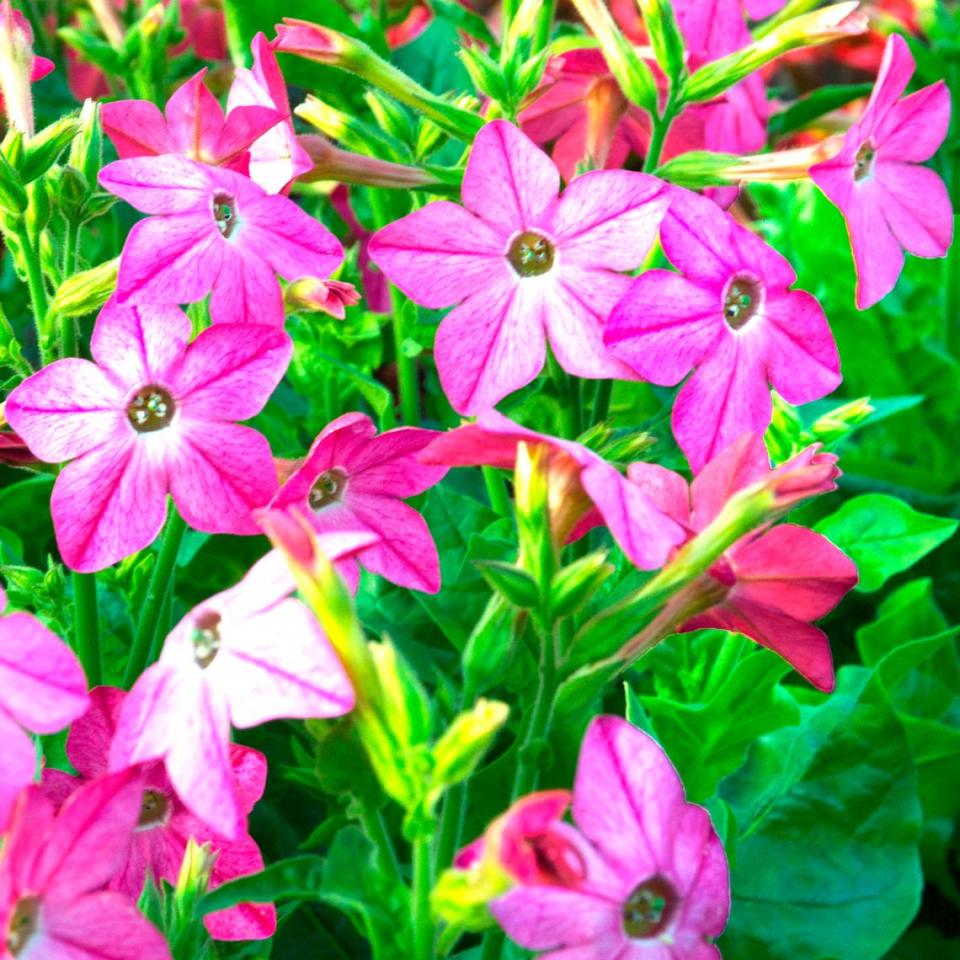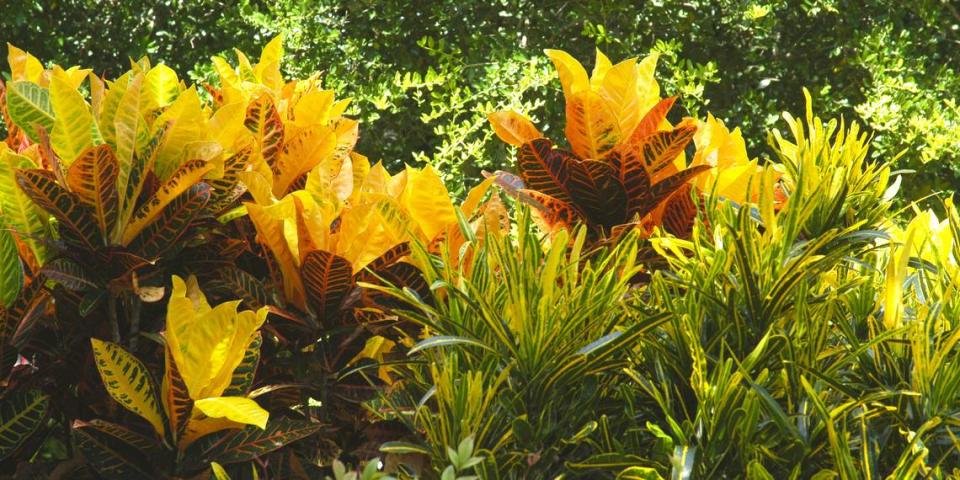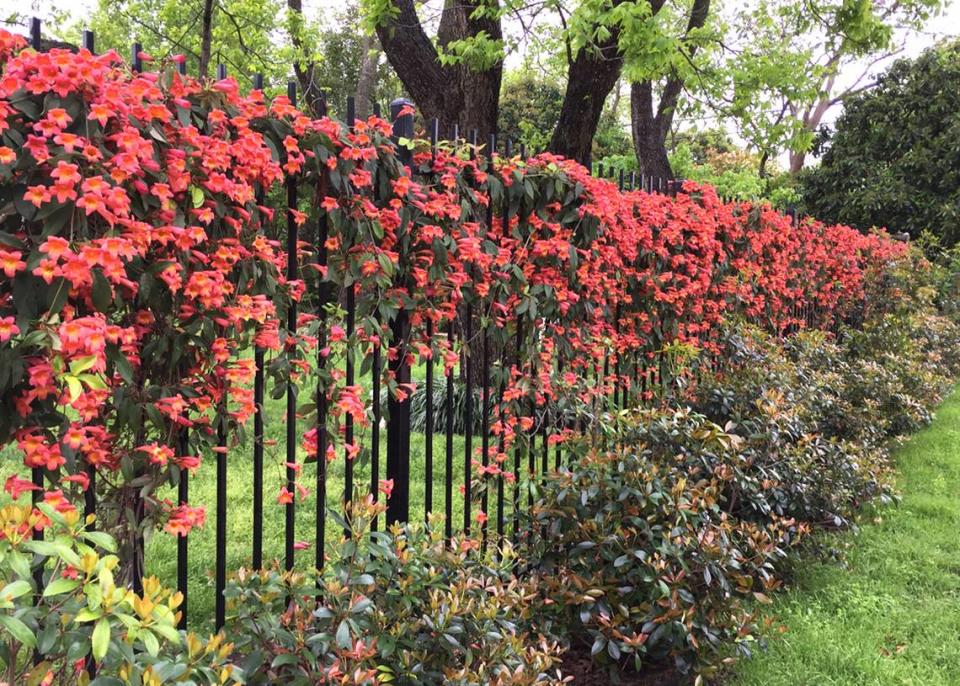These overlooked flowering annuals deserve a chance in your North Texas landscape
On the one hand it’s one of our prettiest groups of flowering annuals. On the other hand, you rarely see them in North Texas landscapes. I’ve never been able to equate those two thoughts. Let me tell you about them and we’ll see if I can push the needle just a tiny bit in their favor.
Maybe it’s the name. “Flowering tobacco” might have a negative vibe. Maybe “nicotiana” is a tad more subtle. Actually, that flies, because botanically the plant is in the genus Nicotiana, named after a 16th Century French Ambassador Jean Nicot.
The genus includes more than 60 species. Most are annuals or tender perennials. Some have been bred to be compact flowering plants, but many grow to be several feet tall with open, arching and weeping bloom clusters. They are native to Central and South America.
The various types of flowering tobacco have star-shaped blooms. Their colors range from reds and pinks to white, yellow, purple, and bicolored.
Many types open their flowers in the evenings, and they’re noted for releasing wonderfully sweet fragrance at that point. They’re great to have alongside the pool or patio if you entertain for dinner during the summer. The plants will flower for several months.
Because their flowers are elongated and tubular, nicotiana blooms are popular with butterflies, hummingbirds, bees, and pollinating moths. However, I found several reports of their resistance to grazing by deer. Perhaps the deer have read the warnings that all parts of nicotiana plants are poisonous, although I don’t believe human poisoning is a common occurrence.
Gardeners need to note that nicotiana plants will produce flowers willingly in less than full sunlight. They’re a fine way to get color into otherwise drab corners. In that respect, they’re good companions for coleus, caladiums, impatiens, and wax begonias.
Some of the ways you can showcase nicotianas …
We use them as annuals, so that means there are several methods by which we can put them to work in our gardens.
▪ Massed in single-color beds. This would be the equivalent of planting a bed filled with pansies or petunias all of one color. The only difference would be that pansies would be planted in November and enjoyed until mid-April. Petunias would be planted in March and enjoyed through much of May. Nicotianas would be planted in April and enjoyed all summer and into fall.
▪ In large patio pots. In this case they could probably be the “thriller,” that is, the tall, vertical plant that grows out of the middle of the container planting. You would surround them with a shorter, rounder plant that would complement them, and then you’d line the outside of the large pot with a ring of trailing plants to spill over the edge.
▪ Tucked into a perennial bed, cottage-garden style. You’ll see this with the taller types that produce open, arching flower clusters. There may only be a couple of plants positioned back within the other flowers, but there they are, bowing gracefully between the other bloomers. It’s understated elegance, and it’s just grand.
I was amazed at how many seed sources for nicotiana I found online. This is an heirloom plant dating back for many generations, and you’ll be able to find seeds from many species and cultivars. You’ll learn of their history and their herbal uses. I’m not endorsing any of those herbal plans, but I do find them interesting.
Nurseries will have flowering tobacco plants available for sale for the next couple of months. You may have to call ahead and ask. They may be in four-inch pots, but more likely they’ll be in one-gallon containers. Whichever you can find, the important thing is that you find them and give them a try.
Once I can sell you on trying flowering tobacco one time, you’ll be the same advocate for them that I am. And you, too, will wonder what’s taken us so long to catch on.




